Shingo Research and Professional Publication Award recipient
Part case study, part manifesto, this groundbreaking new book by a doctor and a healthcare executive uses real-life anecdotes and the logic of lean thinking to make a convincing argument that a revolutionary new kind of healthcare — lean healthcare — is urgently needed and eminently doable.
How lean techniques of value-stream-mapping and rapid improvement events cut the average “door-to-balloon” time for heart attack patients at two hospitals from 90 minutes to 37. In On the Mend: Revolutionizing Healthcare to Save Lives and Transform the Industry John Toussaint, MD, former CEO of ThedaCare, and Roger A. Gerard, PhD, its chief learning officer, candidly describe the triumphs and stumbles of a seven-year journey to lean healthcare, an effort that continues today and that has slashed medical errors, improved patient outcomes, raised staff morale, and saved $27 million dollars in costs without layoffs. Find out:
- What ThedaCare leaders did to replace medicine’s “shame and blame” culture with a lean culture based on continuous improvement and respect for people.How the lean principle of “building in quality at the source” broke down divisions among medical specialties allowing teams to develop patient care plans faster.
- Why traditional modern management is the single biggest impediment to lean healthcare.
- How the plan-do-study-act cycle coupled with rapid improvement events cut the wait time at a robotic radiosurgery unit from 26 days to six.
- How the lean concept of “one piece flow” saved time in treating ischemic stroke patients, increasing the number of patients receiving a CT scan within 25 minutes from 51% to 89%.
- How senior leaders at other healthcare organizations can begin their own lean transformations using a nine-step action plan based on what ThedaCare did — and what it would do differently.
Toussaint and Gerard prove that lean healthcare does not mean less care. On the Mend shows that when care is truly re-designed around patients, waste and errors are eliminated, quality improves, costs come down, and healthcare professionals have more time to spend with patients, who get even better care.
Chapter Downloads:
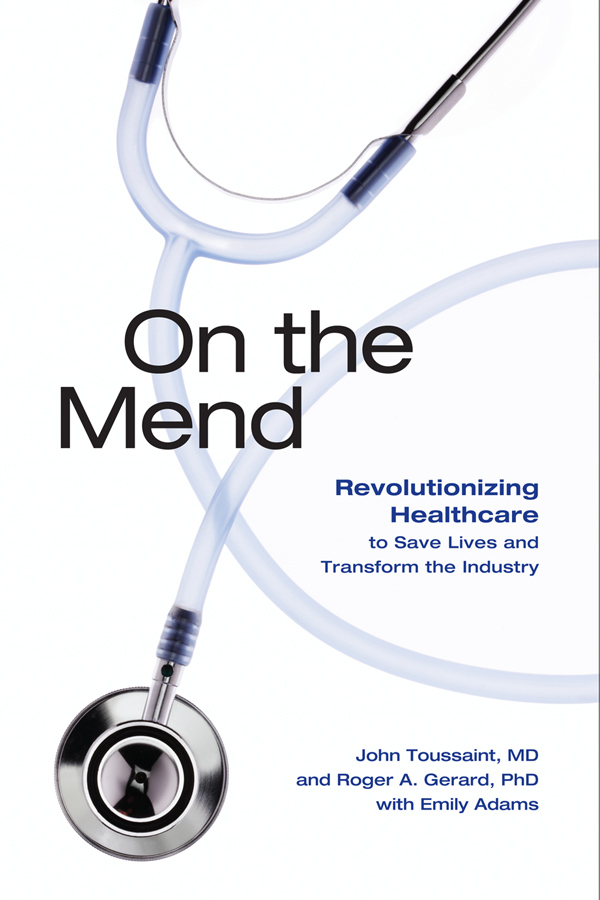




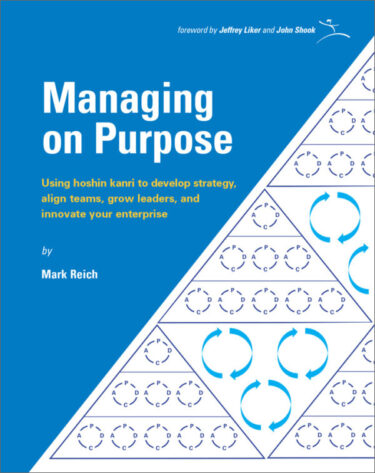
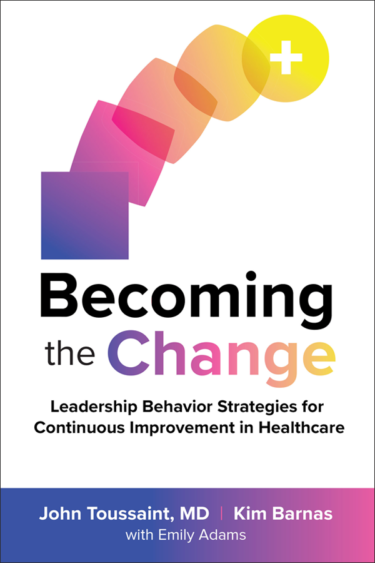
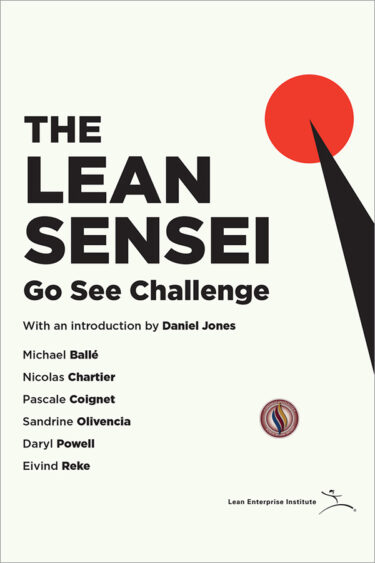
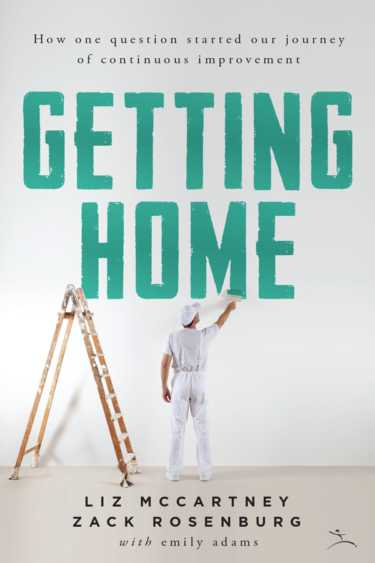
Reviews
There are no reviews yet.